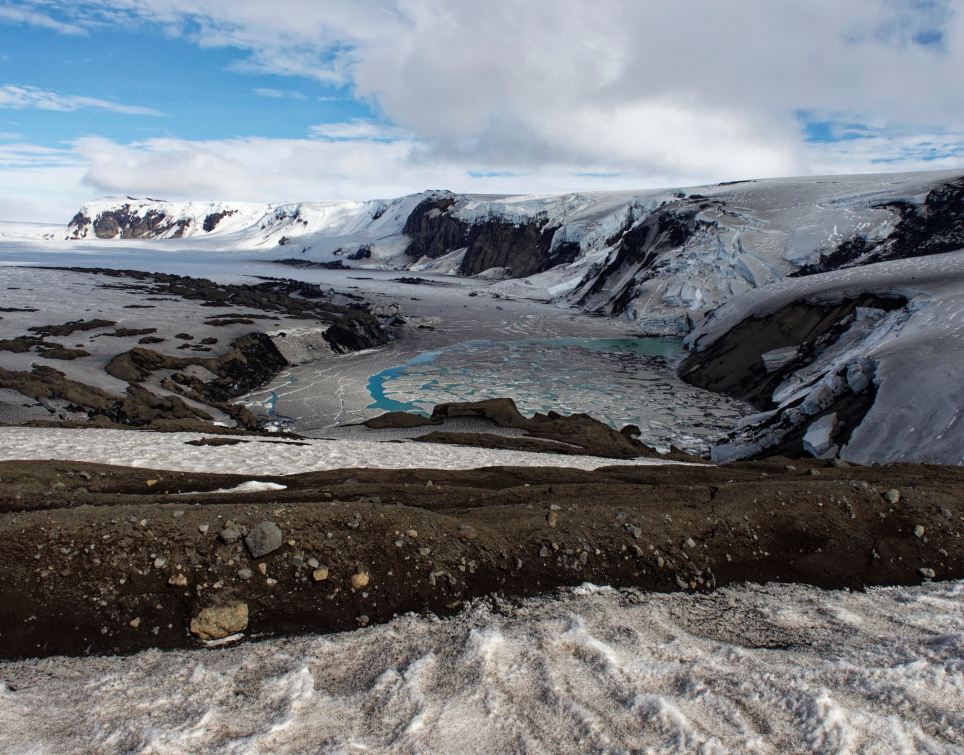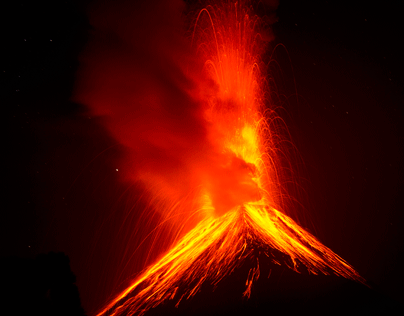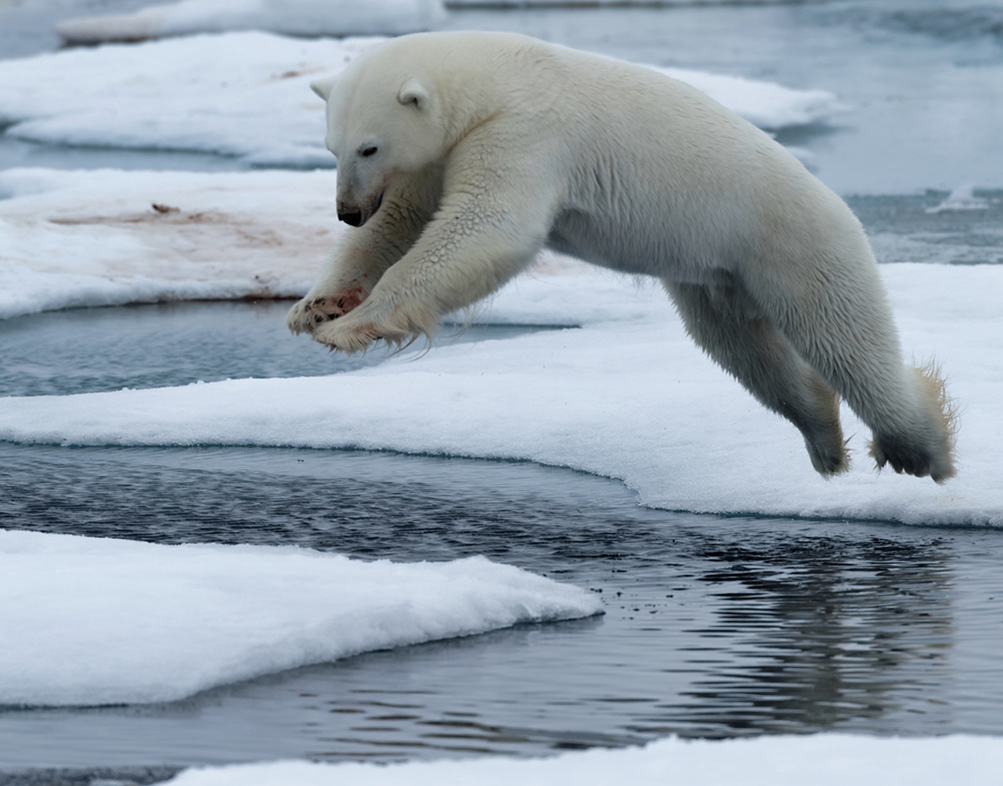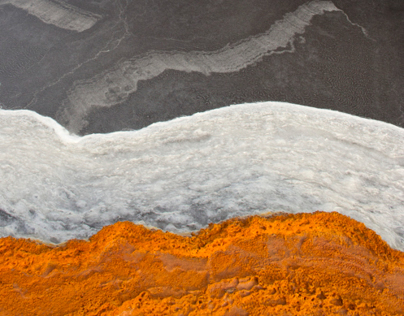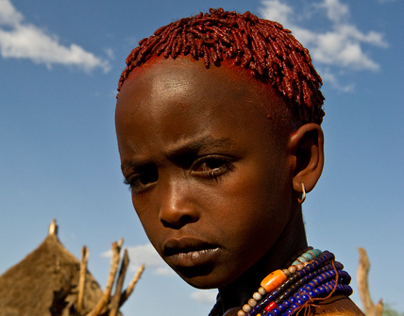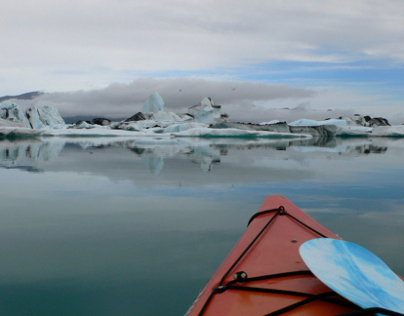Meteorite impact crater of Tavan Har, Dornogovi Province, seen from above through drone photography. The meteorite hit the Earth surface generating a 1,3 kilometer diameter crater that is still pretty visible today. The crater covers an area of 137 hectares.
A salt lake's massive crystallisation process as water has dramatically evaporated during the summer season, Gobi-Altaï Province. Seen from above through drone photography.
Rare dentritic water pathways on the surface of a highly concentration salt lake (soda lake). Such forms only happen for a shortime at the end of the evaporation process. Gobi-Altaï Province. Seen from above through drone photography.
Mongolia is a wonderland for the archeologist as the country is home to some ofthe most ancient signs of human presence. Deer stones are totemic markers with shamanic power: they symbolise stylised human forms, the sacred cosmos, and the fertilising phallus. Carvings mostly show bird-reindeers with open beaks and magnificent spiralling horns flying from Earth to Heaven. Deer stones are Tsatsyn Ereg
The magic of the Mongolian steppe: deer stones have been connecting Earth to Heaven for about 3,000 years and constantly accompanying nomads and their galloping horses on the vast open land up to now.
A lonely and very touching anthropomorphic statue from the Uighur Period stands over the desolate and rocky plain of Khargiin Khödöö toward the confluence of the Sagsay and Khovd rivers. Facing the rising sun in solemn attitude, it holds with both hands over its chest the vessel that contains his soul. Such funerary monuments are erected as memorials to the honored dead. For us, they are also the vibrant soul of Mongolia.
The strong presence of anthropomorphic statues haunts the Mongolian steppe, as do these ancient 'Ongot' (Turkish tribe) grave markers (about 1200 years old), Hustai Nuruu National Park, Töv, Mongolia.
Khermen Tsav, Ömnögovi Province. "Khermen" means wall and "Tsav" means fissure, but some call it the "Citadel of the Desert", others "The End of the World". Millions of years of erosion formed this majestic and isolated canyon in the middle of the desert. The canyon stretches on 250 square kilometers and is 200 meters deep. Scientists agree that 200 millions years ago, the place was covered with an inner sea. Today, the desolate and remote site of Khermen Tsav stands out as one of the most extraordinary geological wonders of Mongolia, at last for our eyes.
Sand dunes at Khermen Tsav, Ömnögovi Province
This gigantic landscape built by erosion over millions of years at Khermen Tsav certainly appears today as a haunting "Citadel of the Desert".
Petroglyphs near Tsagaan Suvarga (Bronze age - 1500 - 700 BC).
Ankylosaur trackway at Shar Tsav. Probably Nemegtian age (Maastrichtian), late Cretaceous ≈ 65-70.6 millions years ago.
Walking with awe by theropod footprints at Shar Tsav site where the fluvio-lacustrine terrain has cast a mind-boggling large number (approximately 20,000!) dinosaur footprints, namely theropods, ornithopods, and sauropods. Probably Nemegtian age (Maastrichtian), late Cretaceous ≈ 65-70.6 millions years.
The Altaï mountain range on the Western part of Mongolia marks the point where Mongolia, China, and Russia meet.
Bronze Age (1500 - 700 BC) burial mound near the village of Khotgor, Bayan Ölgï Province. Burial mounds are the most numerous and visible vestiges over the Mongolian steppe. Some are small and basic, some are vast and quite elaborate depending on social status of the deceased. Even if burial mounds are easily spotted from eye level, their fascinating architectural structure shows in full perspective and glory from above, as here through drone photography
Stelae erected at Bronze Age (1,500 - 700 BC) burial mound near the village of Khotgor, Bayan-Ölgï Province
Mongolian tradition has it that one should never pass an "ovoo" without stopping by and dutifully paying one's respects to the spirits of mountains and sky. To do so, one has to circle the "ovoo" three times in a clockzise direction, as it is believed that this triple circumambulation will protect the traveller or the worshipper during their journey. It is also customary to pick 3 nice rocks from the ground an throw them into the pile of existing rocks as an offering.



